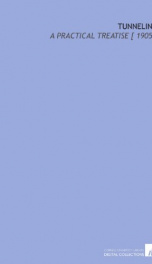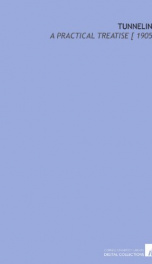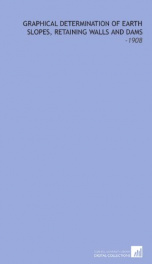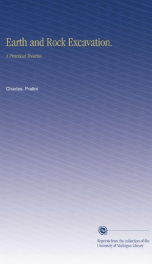dredges and dredging
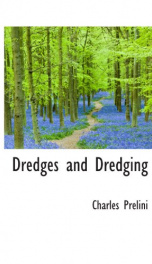
Purchase of this book includes free trial access to www.million-books.com where you can read more than a million books for free. This is an OCR edition with typos. Excerpt from book: CHAPTER III SOUNDINGS AND HYDRAULIC SURVEYS In order to estimate, even in an approximate way, the time and cost of a contemplated job of dredging, it is necessary to make an accurate survey of the locality. This should indicate the shore lines, soundings, obstruction to navigation as bars, sunken ledges, boulders, etc., giving all the data from which can be obtained a thorough knowledge of the place of the contemplated improvement. From this survey is deduced the amount of material to be removed from the bottom, in order to obtain the required depth of water; and from the amount of material is calculated also the cost and time required for the proposed work. Any hydraulic survey consists of two distinct operations, namely, the measuring of the depth of water at various points and the location of the different points where the soundings are made. Soundings. Soundings are made in three different ways: (a) by means of graduated rods, (b) by lead lines, (f) by automatic apparatus. (a) Soundings are made by means of graduated rods which while resting on the bottom are kept vertical by the operators, who read directly the depth of water at each point. The operators, in small boats, go all over the part of the harbor or river to be improved, while the different points are located by any one of the various methods to be explained. Owing to the limited length of the graduated rods, this manner of making soundings is only applicable to localities with very shallow waters, and it is not accurate. (b) Soundings arc more commonly made by means of a lead line. This consists in lowering a weight of 10, 15 or 20 Ibs. of lead attached to a graduated rope. The lead is shaped like the frustrum of a cone with the base hollowed out to hold some grease. The soil of the bottom adheres to... --This text refers to an alternate Paperback edition.
Users who have this book
Users who want this book
What readers are saying
What do you think? Write your own comment on this book!
write a commentif you like dredges and dredging try:
Do you want to read a book that interests you? It’s EASY!
Create an account and send a request for reading to other users on the Webpage of the book!

